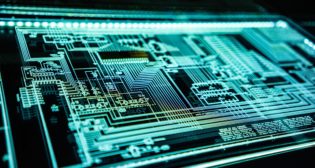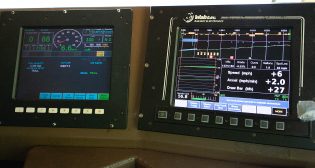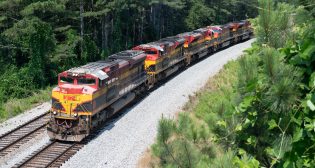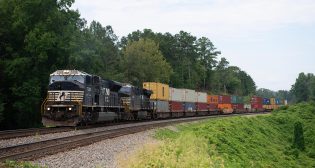
TSA issues new cybersecurity requirements for freight and passenger railroads
In an increasingly dangerous cyber world, the Transportation Security Administration (TSA) has issued additional cybersecurity directives for U.S. railroads.

In an increasingly dangerous cyber world, the Transportation Security Administration (TSA) has issued additional cybersecurity directives for U.S. railroads.

In December 2021, the U.S. Transportation Security Administration deployed a Security Directive that shined a spotlight on rail cybersecurity following a series of global cyberattacks that occurred at the New York Metropolitan Transportation Authority, Class I CSX and short-line operator OmniTRAX, as well as several rail companies around the globe.

Cybersecurity continues to be a major threat to the integrity and stability of our nation’s railroad network, and the Department of Homeland Security is planning for the future.

Imagine waking up one morning and learning from your preferred news source that agents from an adversarial nation-state were fanned out across the country, stealing information and documents from private corporations and government agencies.

CSX has been the victim of a ransomware attack, which became apparent when screenshots of internal CSX files were posted to a “leak site” yesterday. CSX told FreightWaves that it recently discovered the attack, and the only data stolen, as far as they know, was personal data of CSX employees, both active and retired.

During the past several months, RT&S News has reported on concerns about cybersecurity in the industry. These concerns are not new, as they have been the subjects of numerous articles, speeches and

Operating a freight railroad has always been a challenge. While the North American network is generally safe and well-maintained, there are multiple headaches to deal with. Maintaining a sound right-of-way to minimize

Concern over computer hacking of critical infrastructure, and even of our political elections, permeates the entire U.S. The more we come to rely on digital and automated processes, the more dependent we